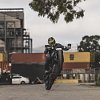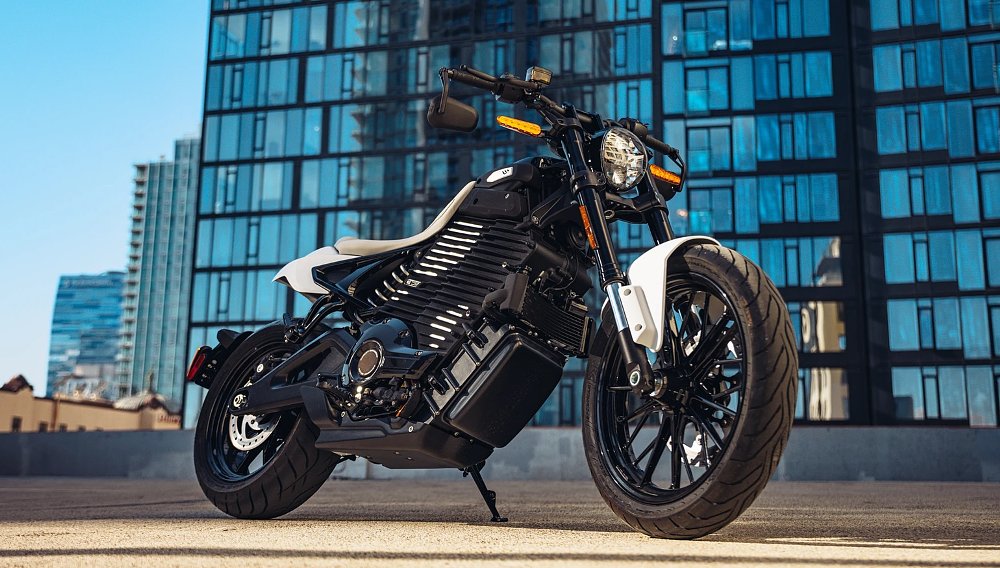To a certain generation of motorcyclists, there’s nothing cooler than flat-track racing and, by association, flat-track motorcycles. To another subset of riders, electric motorcycles are awesome — they are powerful and clean, easy to ride, and low-maintenance. The question is, how much overlap is there between those groups?
More to the point, what combination of cool and practical does an electric motorcycle need to have to be worth $15,500? That’s the question that Harley-Davidson’s spinoff electric-motorcycle company, LiveWire, is trying to answer. The motorcycle in question is the S2 Del Mar.
What it looks like on paper
At it’s core, the Del Mar uses a fairly basic electric powertrain. A big ol’ battery, hooked up to an inverter and permanent-magnet motor and a belt-drive system to the rear wheel. The battery is air-cooled while the inverter and motor, as well as the charging system, are water cooled. Rated at a nominal capacity of 10.5 kWh, the Del Mar’s juicebox holds more than smaller bikes like Zero’s FXE (6.3 kWh) but less than bigger bikes like the Energica Experia (19.6 kWh), the LiveWire ONE (15.4 kWh) or Zero’s SR/DS offerings (15.2 kWh).
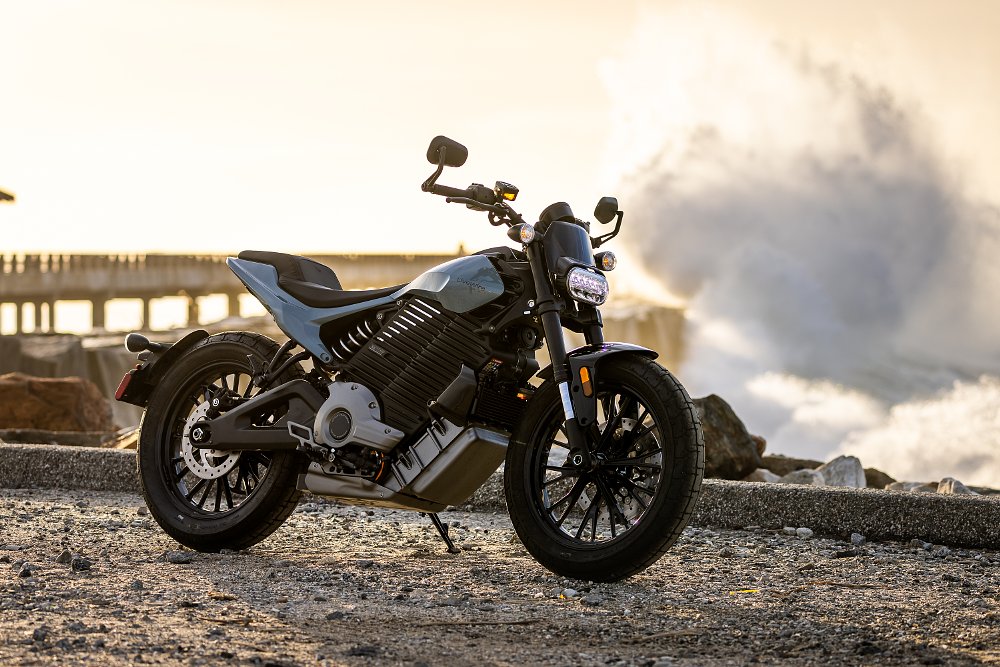
The most interesting thing about the Del Mar is probably the way it looks, and that is dictated largely by the non-electric hardware that makes up the rest of the bike. Robust, flat-track-style Dunlop tires sit on 19-inch wheels and dwarf just about every other aesthetic aspect of the machine. The tidy tail section, supplemented by a swingarm-mounted fender and license plate holder, ends up looking fairly racy. Same goes for the puny front fender and slim gas-tank-shaped-plastic in front of the seat. It all looks relatively minimal contrasted with the beefy tires.
There’s mostly adjustable Showa suspension and a handful of fairly luxurious options. The full-color, four-inch dash unit is lifted from Harley-Davidson’s Sportster S and offers turn-by-turn navigation, control over music, plus two fully customizable ride modes on top of the predictable array of Sport, Road, Eco, and Rain modes. Also, cruise control, all applied to the Arrow (S2) architecture, outlined by Lance here, that’s meant to make future models easier to produce.
In some other ways, the Del Mar is fairly spartan. There’s no Level 3 charging available, meaning you’ll either be filling it up with electricity with a Level 2 station or plugging it into a standard 110v outlet, both via a J1772 coupler. The charger doesn’t tuck neatly into the chassis anywhere, either, as some other electric motorcycles offer, and with 113 claimed miles of range it announces itself pretty clearly as a bike not meant to be taken far from home.
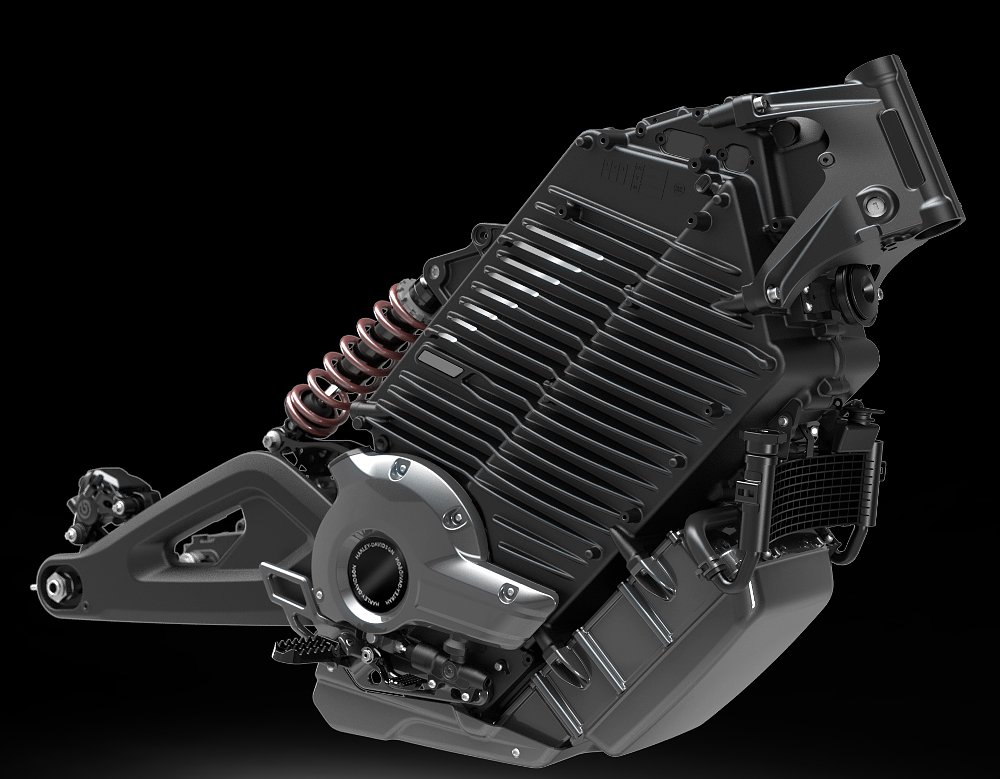
And that’s OK, because the other side of that coin is that the Del Mar can lean into looking and feeling spartan, too. There’s only one front brake disc, positioned on the left side of the wheel so that when it poses on a kickstand it hints at the bare front wheel of a true flat tracker. It’s also amazingly narrow to sit on, making the seat height feel lower than 32 inches, rather than a little higher, as the spec sheet says.
What it feels like to ride
Still, after marinating in the idea of an electric Harley for a number of years now, and being impressed with the LiveWire One’s capability, even admitting that it can be used for a solid day ride, it’s time for LiveWire to get its ducks in a row. As Lance outlined in his breakdown of the specs, the Del Mar needs to be as good or better than its competition if the company is going to thrive, or even survive.
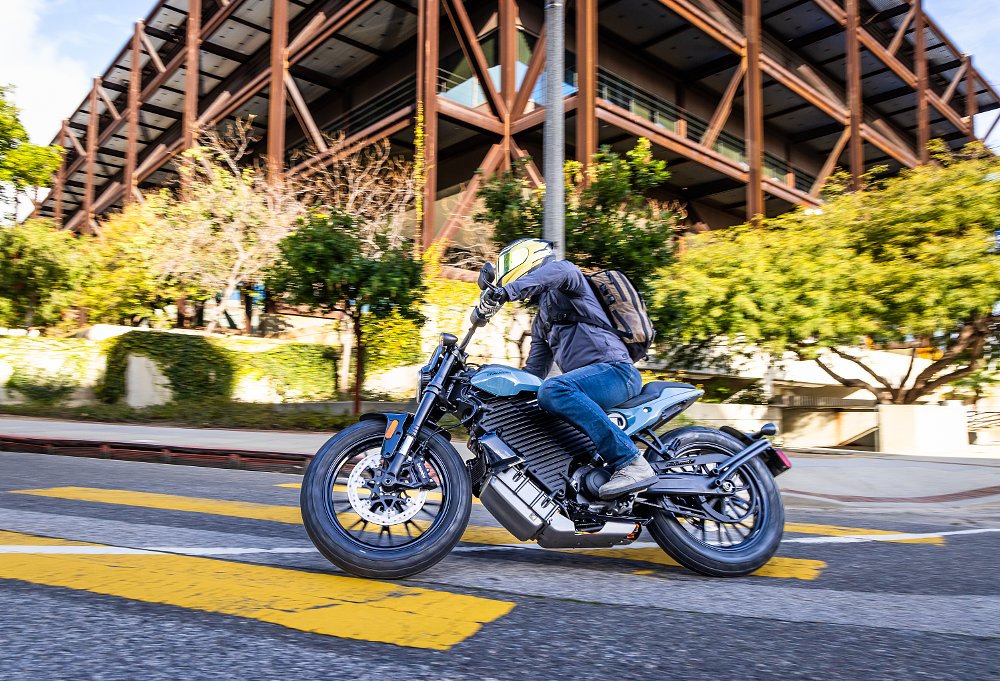
I expected my first impression to be of a tame motorcycle, almost boring. With a full charge, I put the Del Mar in Eco mode and planned to avoid highways until the battery was toast. True urban testing, even if it made my commute longer. Instead, the Del Mar yanked my head back as I left the office and left me fumbling through the options at the first stoplight to make sure I was in the right mode.
It was most definitely Eco, and it continued to surprise me for the rest of the ride home. For the rest of the week, actually, while I trotted along surface streets and through neighborhoods. I rarely opened the throttle fully, even when easily zipping away from cars at every stop light, and often didn’t use the brakes as the regenerative deceleration (set at 80% in Eco) pulled the bike to a stop. Sweet.
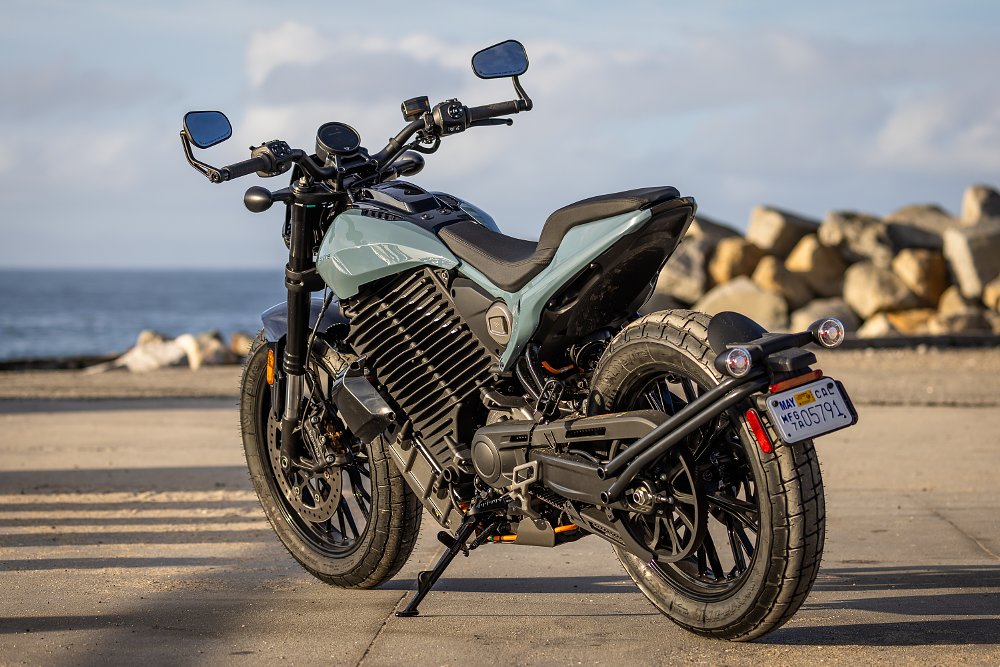
Over the next week or so, a few more of my teammates tested the Del Mar and ultimately had the same results. First of all, Ari said he left the office in Sport mode and stabbed the thruster expecting the gentle pull of a mid-size electron machine, but instead the rear tire spun, engaged traction control, and snapped his eyes wide open. Dustin reported that he blurted out “this is Eco mode?!” in his helmet after about 100 yards.
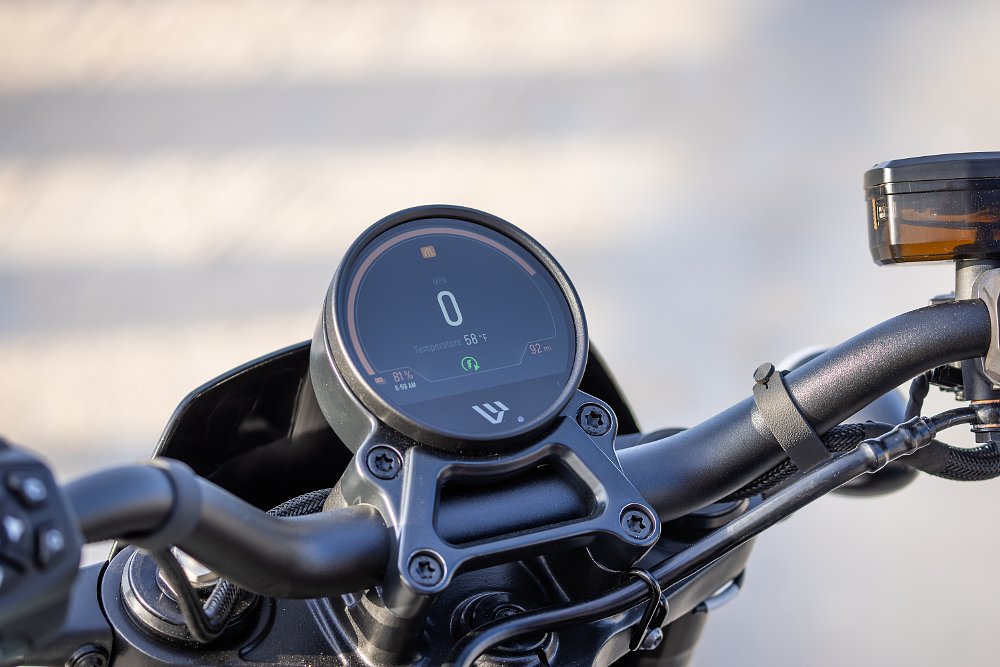
The overall sentiment was that the rest of the riding experience is good, too. The combination of light, linear handling and the precision of the electric powertrain makes the bike really satisfying to use. Being so narrow between the knees actually drew one complaint on staff, with Dustin wishing there was more bike to hold onto with his legs. I see where he’s coming from but I thought it worked well, especially to make the Del Mar even more approachable for riders of any size.
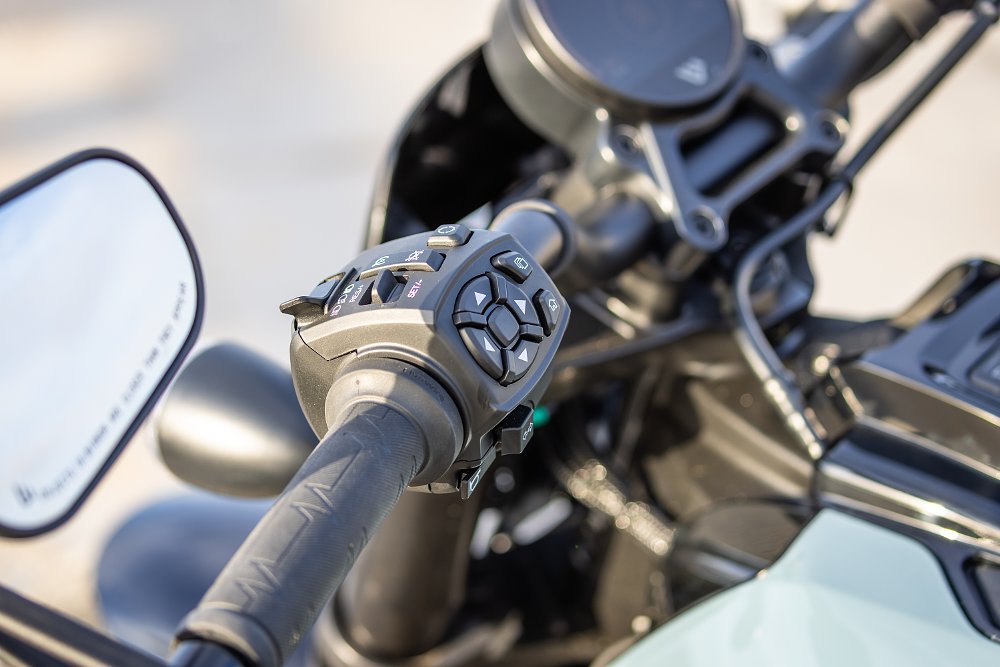
What I never came around to was the seat. It’s fairly comfortable if you slide your tailbone all the way back against the butt stop, where the padding is wider and thicker. I found myself wanting to scoot forward, closer to the handlebar, at which point the saddle is less of a place to sit and more of an area where the styling exercise is slowly coming to a close. My other quibbles are Harley-related. For example: Normally, if a left turn signal is on and I want to make sure it’s on, I simply pull left again. On the Del Mar, the blinker cancels with a second pull. I don’t understand this. Press to cancel. The engineering debate is over. The switchgear is also huge and messy in general, which is easy to make fun of but ultimately I think LiveWire is trying to provide a premium experience for fifteen grand and I guess I get it.
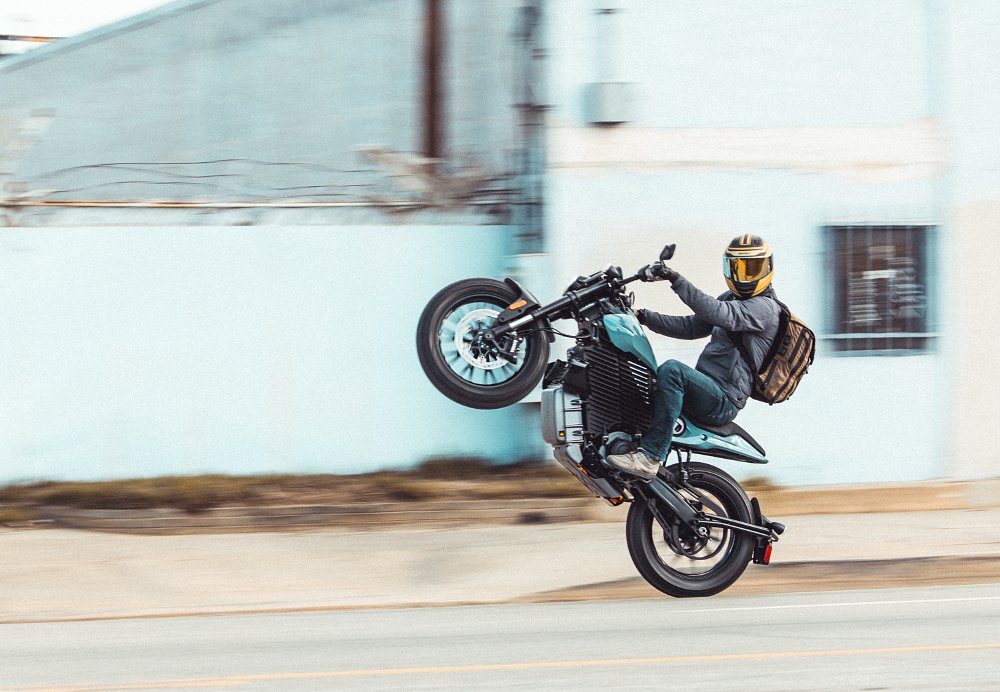
I’m also bearish on The MoCo’s sidestand ideology, whereby it doesn’t swing all the way forward but rather falls into that notch that makes you think the bike is tipping over. Maybe it makes sense for a motorcycle that doesn’t have a transmission or a parking brake? Too late, I’ve already moved on to talking about how the suspension feels oddly harsh for a bike with 4.7 inches of travel and fat tires. It’s an urban tracker, so it’s not a big deal, but it’s notable and a little strange.
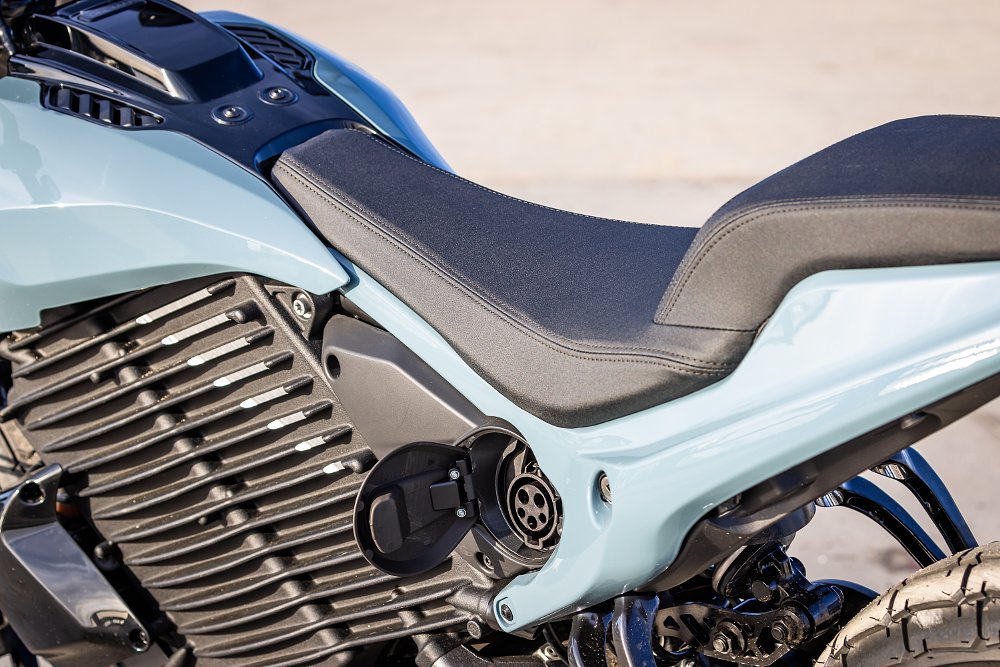
Largely, those complaints wafted away on the wind every time I used the Del Mar. As with most full-size electric motorcycles, I love the power available and the nature in which it’s delivered — direct and immediate in a way that is invigorating and unique, different from conventional machines. And, despite feeling heavy coming off the kickstand, the Del Mar handles in a way that made me feel engaged and happy every time I rode it.
What it has in the tank
With a few laps around the block near the office to drain the battery down to 0%, the first range-test results were in: 66 miles. Hmmm. A far cry from the claim of 113, and a bit of a head scratcher since I was having so much fun utilizing the regen and not being too greedy with the throttle.
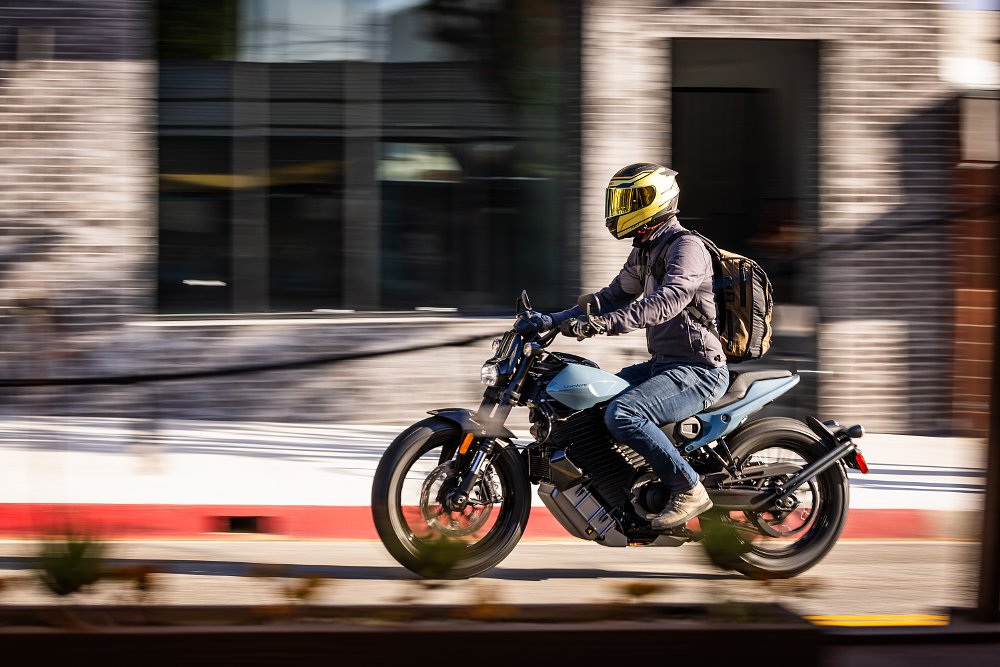
My coworker Stephen has the longest commute, and so he slogged back and forth on the freeway to see how the claimed range of “40 to 50 miles at a sustained 70 mph” held up. He easily made his 30-mile (mostly freeway) commute with 15 to 20 miles of range still showing on the dash, which seemed to be a good showing for the Del Mar. Mixing in slower roads didn’t help much, though, as he never cleared 70 miles on a single charge. Stephen also experienced the iciest bucket of range anxiety dumped over his head when, on his way back from an outing, he encountered a box truck that had flipped on its side and was blocking all traffic. Hemmed in on a canyon road he had to backtrack and then choose between an expedited route home that included a toll and more freeway riding, or risk it on surface streets and hope the regen did the trick. He took the toll road and rolled into his garage with 5% battery left.
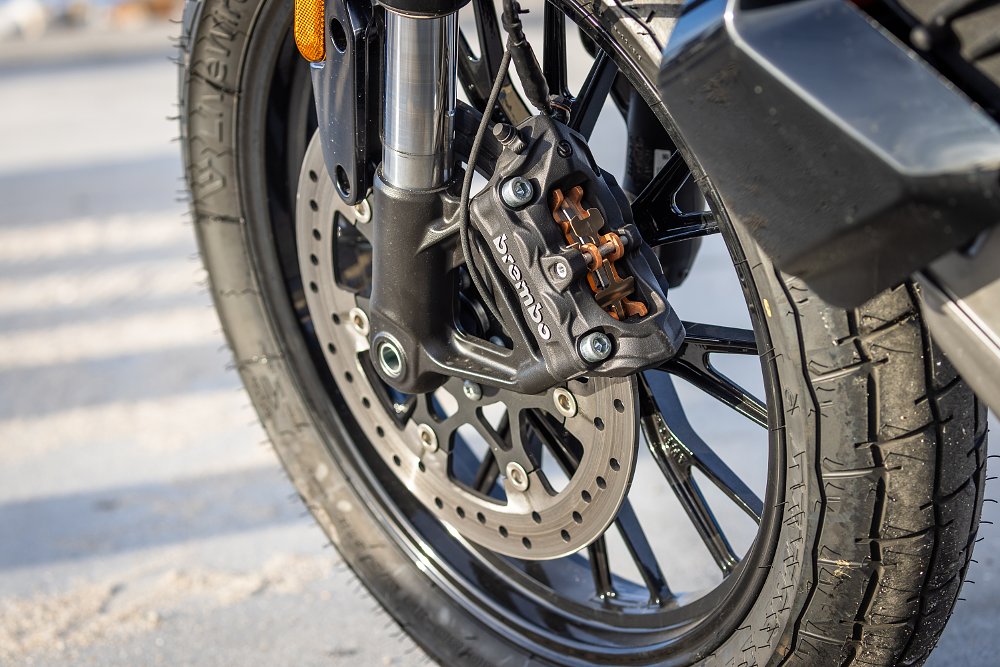
It wasn’t looking good for the expected range according to LiveWire. Then, a friend at another publication came to me with a discovery — when his bike hit the dreaded zero percent he just kept riding, figuring he’d go until it was actually dead. Eleven miles (!) later, the Del Mar was down to a walking pace and he called it quits. A surprise 15% of extra legs had been waiting all along, evidently.
Still, the maximum range claims seem pretty much shot. An owner contacted me via Instagram and said he’s gotten 80+ miles from a charge, but I haven’t heard anybody outside LiveWire claim triple digits.
What I feel like after I ride it
I am definitely part of the generation of motorcyclists who romanticize flat trackers. I watched On Any Sunday over and over as a kid, sometimes more than once in a day, and there just wasn’t anyone gleaming with more style or courage than the flat-track racers in that movie. Their names are still burned into my brain — Lawwill, Rayborn, Aldana, Mann, Romero, Rice, Brelsford. I also think electric motorbikes can be fun, and useful.
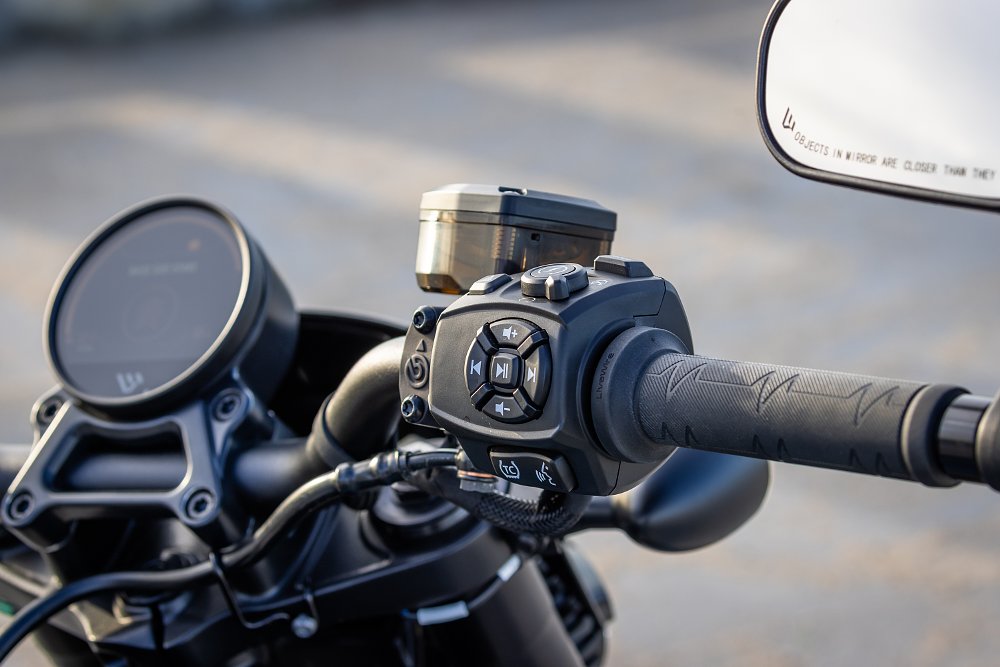
If you’re frustrated or disappointed that LiveWire is promoting a motorcycle with a hundred and sum’m miles of range and it doesn’t deliver that, I hear you. It seems to me that being a little more realistic with the claimed range might make up-front marketing harder but the customer experience a little more satisfying. Is it better to overpromise or overdeliver? That’s a hard line to walk in an arena where the individual environment and rider has such a massive impact on results.
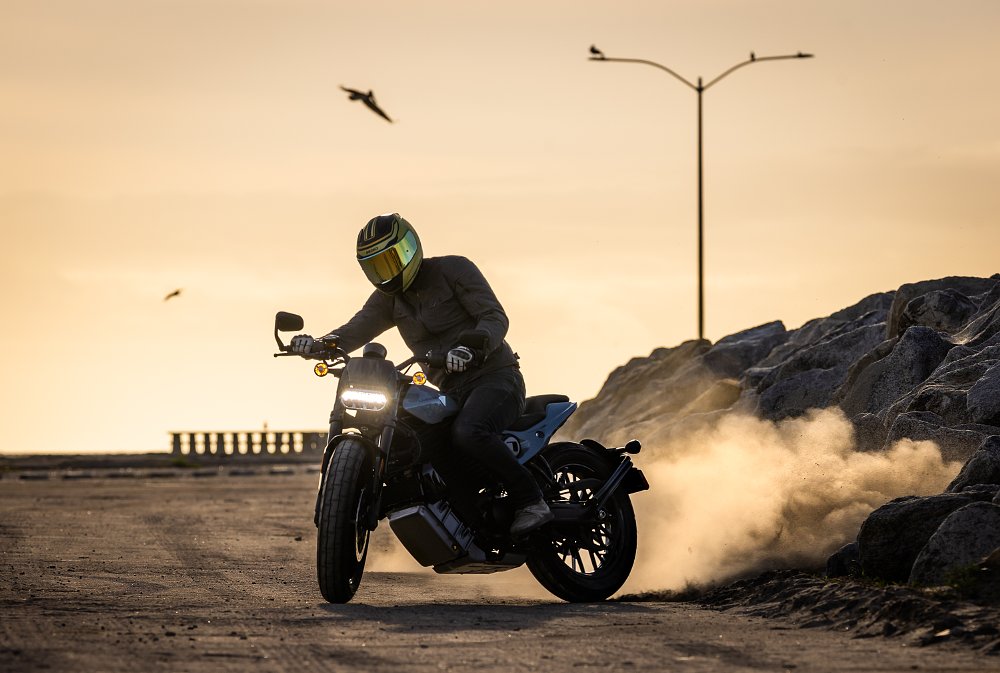
I landed on my opinion by stepping back from the claims of how far it will go on a charge (a miss), and what it looks like on the sidestand (a hit). If I ask myself what I would want in an electric motorcycle — what capabilities I need and how much fun I need it to deliver — the Del Mar hits more marks than it misses. It does match the competition, I think, while also striking some chords that the few other electric offerings don’t.
It’s pretty easy to pick at reasons the Del Mar doesn’t make sense or isn’t good, just like most bikes. The truth is, I take a lot of rides that don’t last more than 60 miles, and I covet plenty of motorcycles that cost more than $15,500. So, am I allowed to dismiss the Del Mar for those reasons alone? I’m not so sure.
| 2024 LiveWire S2 Del Mar | |
|---|---|
| Price (MSRP) | $15,499 |
| Drivetrain | Liquid-cooled permanent magnet motor, direct belt final drive |
| Claimed horsepower | 84 |
| Frame | Modular cast aluminum |
| Front suspension | Showa 43 mm inverted fork, adjustable for preload, compression, and rebound damping; 4.73 inches of travel |
| Rear suspension | Showa Free Piston monoshock, adjustable for preload and rebound damping; 4.73 inches of travel |
| Front brake | Brembo M4.32 four-piston caliper, 320 mm floating disc with ABS |
| Rear brake | Brembo PF34 single-piston caliper, 260 mm disc with ABS |
| Rake, trail | 24.0 degrees, 3.4 inches |
| Wheelbase | 57.2 inches |
| Seat height | 32.2 inches |
| Claimed range | 113 miles city; 70 miles highway (55 mph sustained); 43 miles highway (70 mph sustained) |
| Claimed battery capacity | 10.5 kWh nominal |
| Claimed charge time |
5.9 hours 20% to 80% at Level 1; 8.4 hours 0% to 100% at Level 1 78 minutes 20% to 80% at Level 2; 142 minutes 0% to 100% at Level 2 |
| Tires | Dunlop DT-1 130/80-19 front, 140/80-19 rear |
| Measured weight | 436 pounds |
| Available | Now |
| Warranty | Two years for motorcycle; five years for battery |
| More info | www.livewire.com |







